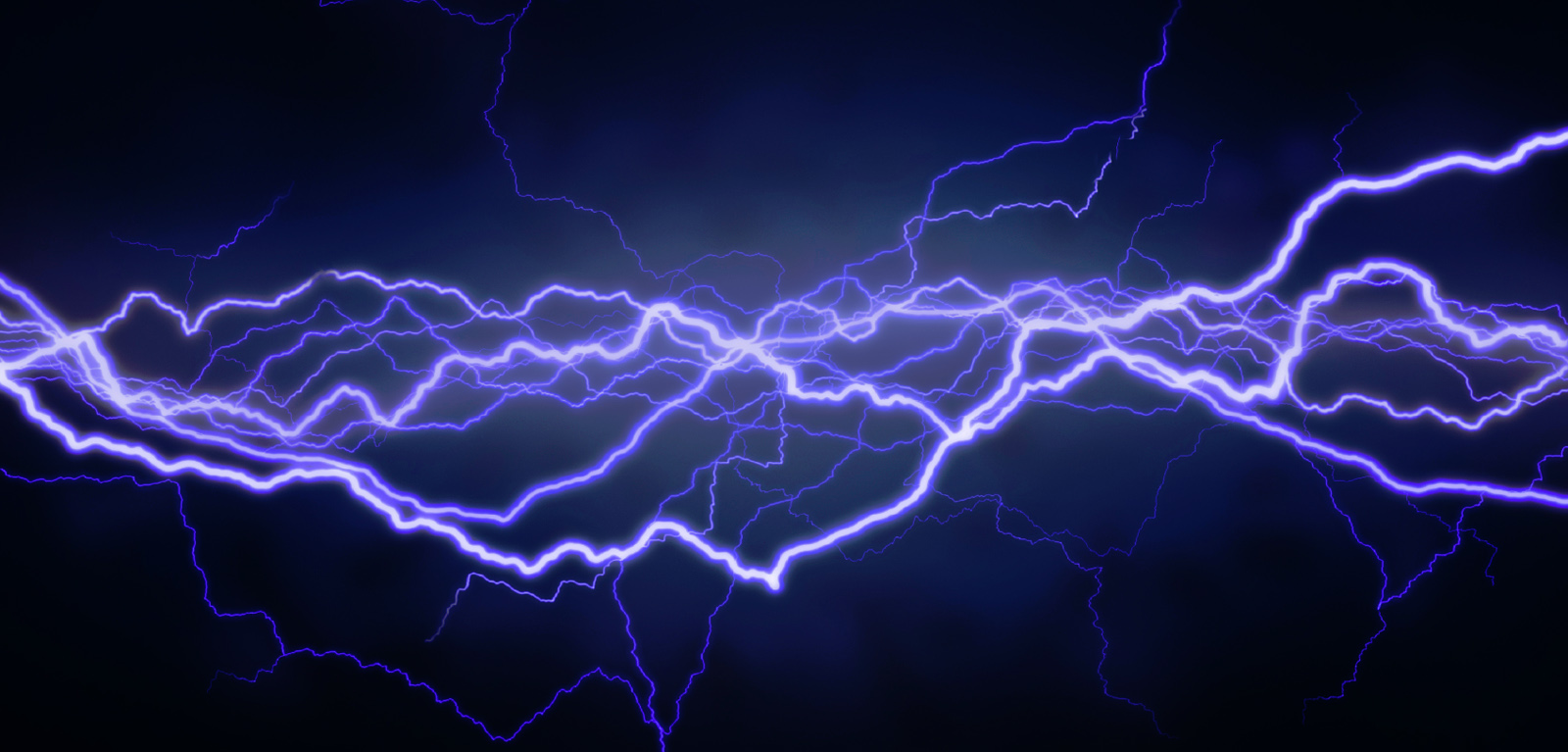Queen’s University Researchers make an important discovery in nano-electronics
Queen’s University physicists have discovered how electricity is conducted in a type of two-dimensional material – a breakthrough that could herald a new era in electronics.

The discovery has the potential to revolutionise the development of the tiny electronic devices that control everything from smart phones to transport and from banking to medical technology.
The team analysed the electrical conduction properties of ‘domain walls’ – sheets of material just one atom thick. Such sheets, are a bit like the “wonder-material” graphene in the range of properties that they can display and in their 2-dimensional character. However, unlike graphene, they can be created and destroyed and moved from one place to another within the host crystal. This dynamic behaviour can allow nanoscale electrical connections made using the sheets to be reconfigured, wiped clean or completely recreated.
Such dynamic reconfigurable nano-circuitry is heralded as opening the door to a completely new way of processing and manipulating data and information beyond Moore’s Law. However, a significant challenge facing the research community has been in developing a mechanistic understanding of how electrical conduction occurs in these sheets.
The Queen’s team has undertaken the first set of experiments to determine unequivocally the process by which electrical conduction along these mobile sheet materials occurs. The findings provide building blocks of information on such new 2D materials – a breakthrough that could revolutionise the future of electronics in the next century. The team invented a new microscopy technique to analyse the electrical conduction properties of domain walls, sheets of material just one atom thick.
The research, led by physicists Professor Marty Gregg and Dr Amit Kumar at Queen’s School of Mathematics and Physics, is reported in Nature Communications (12 December 2016).
Professor Marty Gregg said: “Microelectronic devices are crucial to almost all aspects of modern life. Communications, healthcare, finance and entertainment are reliant on them. Constant demand for more powerful, smaller technology means that the tiniest devices are now composed of just a few atoms – a tiny fraction of the width of human hair. Eventually, it will become impossible to make these devices any smaller – we will simply run out of space. This is a huge problem for the computing industry and new, radical, disruptive technologies are needed. One solution is to make electronic circuits more ‘flexible’ so that they can exist at one moment for one purpose, but can be completely reconfigured the next moment for another purpose.”
“We have examined conducting domain walls which have the properties needed for this type of flexibility. These unique 2D sheets have recently been found to possess functional properties distinct from their surroundings – they can be conductors or even superconductors, when the matrix in which they are contained is insulating. But they offer more, as they can be created, destroyed, or controllably moved from point to point in their host crystal. Electrical connections can hence be made and broken dynamically on a nanoscale – ideal for flexible reconfigurable circuits.”
Dr Amit Kumar added: “For decades, domain walls were ignored. With the emerging need for reconfigurable nano-circuitry, fundamental questions about the mechanism of conduction in these walls are being raised. To address these issues, we are the first team to map the differences in the particles that allow electrical conduction to occur with unprecedented nanometre precision by employing a new form of microscopy developed by our research team at Queen’s.”
“We have measured ‘Hall effect’, a well-known way of accessing fundamental physics of electrical conduction, associated with conduction in domain walls. When the elements that are carrying current are a few atoms thick and can move around, measurements of the Hall Effect become extremely difficult. By cannibalising a standard Atomic Force Microscope, we have made a new kind of system which can image the voltages associated with the Hall Effect with nanometre spatial precision. This has allowed us to make the first Hall measurements on these walls and unequivocally reveal the nature of conduction in these mobile conducting 2D sheets. Our research on conducting domain walls is a major milestone in understanding their fundamental properties which may open the door to a completely new way of processing and manipulating electrical circuits beyond existing limitations and well into the future.”
The full paper, entitled ‘Hall effect in charged conducting ferroelectric domain walls’ is available at Nature Communications.
Media
Media inquiries to Anne-Marie Clarke at Queen’s University Communications Office T; +44 (0)28 9097 5310 E: comms.officer@qub.ac.uk